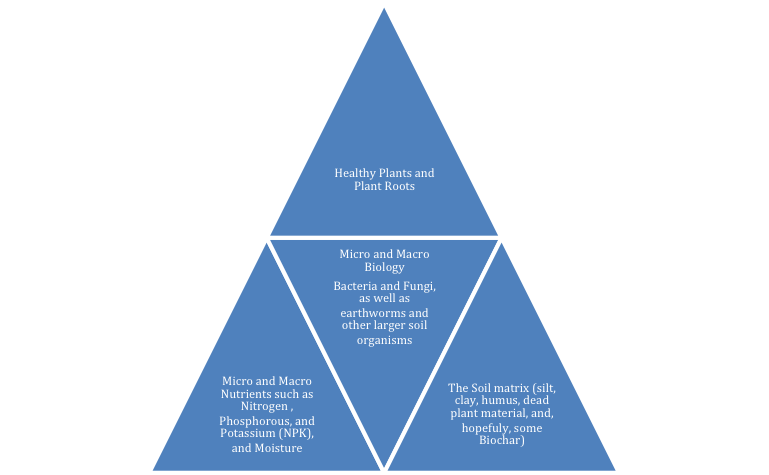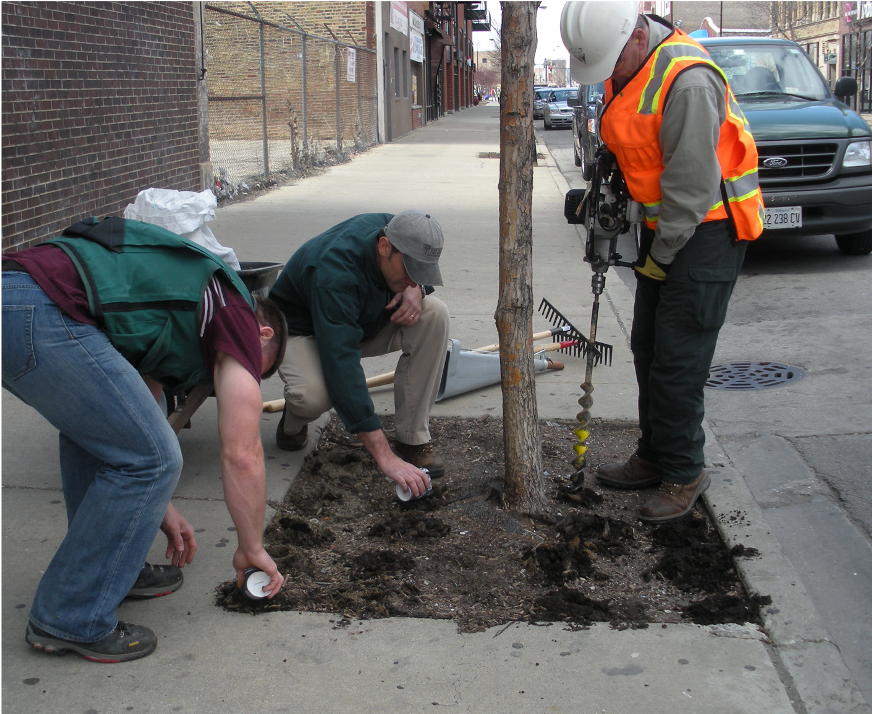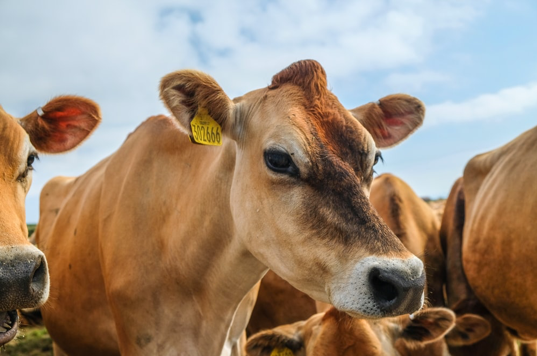Newsletter No. 19 – Hello and Welcome to CharTerra!
We are eager to tell you about our changes, but more importantly, we want to know more about you and how we can help you, the serious biochar advocate, gardener, farmer or specialty biochar user.
In order to serve you better, CharTerra is focusing on premium biochars and larger product sizes, as this will be more economical for you the serious biochar user. Rob Lavoie, the founder of AirTerra is our Marketing Advisor, and he has a wealth of knowledge to share through our website and enquiries. My new role as President will include responding directly to your requests for products and biochar consulting needs. We are working with our suppliers and will soon be able to provide you with biochars for your 2023 spring planting needs.



